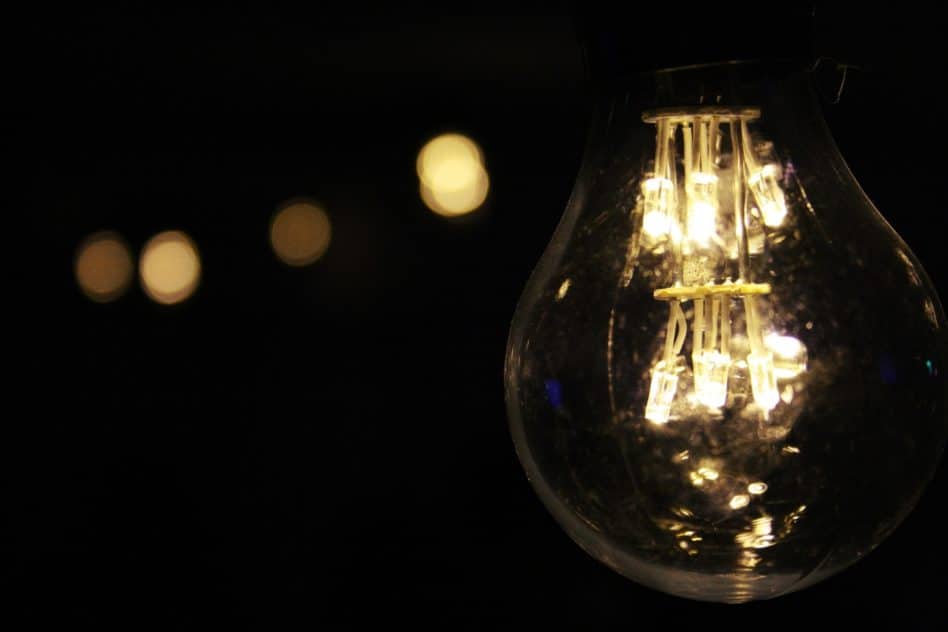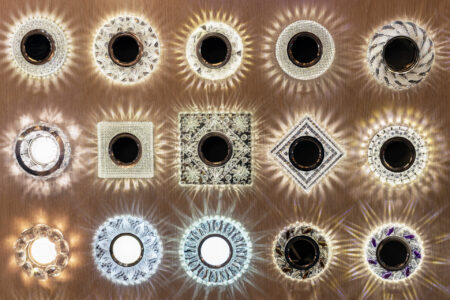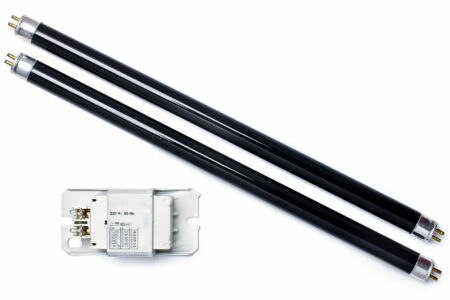The process of installing LED lights can be tasking at times but mostly you are rewarded with a modern lighting afterwards. But in some cases you realize that your LED lights are not bright enough which can be frustrating. It happens that the LED light starts dimming almost after installation or just within a few periods of use. In this article we will cover the common reasons why LED lights are not bright.
Why Are My LED Lights Not Bright?
Today’s LED lights are the best form of lighting in almost all cases. This applies to lighting at home, in the office and even for industrial lighting. LED lights are built to last an age and they are very energy-efficient. When you have chosen the right lumens your LED lights should be bright enough and there would be no issue.
But as you are reading this article something must be wrong with the brightness of your LEDs. There are a host of reasons why your LED lights are not bright. These are ranging from improper use, loose wiring, inadequate power supply, among others. This article will walk you through these reasons and offer possible solutions to tackle these common problems and improve the brightness situation of your LED lights.
Improper or inadequate power supply
LED lights will not turn bright at their maximum output, when there is an improper or inadequate supply of electricity to the lights. Usually LED lights work best at the rated power, voltage or current. When the power supply to the driver does not match the rated power or voltage of the LED, the lights will not give their maximum brightness.
To achieve the maximum brightness with your LED lights, it is necessary that you know the voltage rating for your home and get the right LED light that matches this rating. This is true for lights operating at line-voltage. For low-voltage LEDs you need to choose the correct power supply.
Lose wire or LED bulb connection
When there is a fault in your electrical connections, it tells on your LED lights, as it will affect your light brightness, and this can lead to issues like a short circuit, flickering, and some others if not traced and taken care of on time.
The LED light chips often get affected when there’s a loose wire or loose LED bulbs; making your LED light to appear dim, instead of bright. Trace the connection if you can and ensure to tighten all loose nuts and wires. Similarly, if specks of dust are found in the drivers, ensure to take them out, to achieve maximum brightness.
When used for a long time
LED lights are affected by wear and tear just like every other electrical appliance, and this happens when the lights are used for a long time. As they are built to last an age; with some LED lights projected to last for over two decades, this will depend on how often you use it.
Once LED lights have passed their overall luminosity, which ranges from 20,000 hours to over 100,000 hours. The output of the lights drops to about 70%, this giving rise to reduced brightness. So, if you are wondering why your LED lights are not bright, the period of use is a factor. This effect is also called LED degradation.
High temperature
LED lights generally work perfectly fine in cold temperature and in hot temperature environments. But there is a difference. While LED lights can be bright even more in cold temperatures, its brightness is often reduced to 65% to 70% in very hot temperatures.
So before you consider changing your LED lights, because they don’t bright at their maximum capacity, pay attention to the ambient temperature of your environment. Sometimes there are small lamp housings which cause heat accumulation to dim your lights. This situation shouldn’t pose an issue for you, as your LED lights will return to maximum brightness, once the temperature is right for it.
Surge wattage
Another reason why your LED lights are not bright is a possible surge wattage, and when high load appliances such as washers, dryers, and microwaves are connected to the same circuit as your LED lights. This will have your LED light output be reduced for a few minutes or seconds as the appliances are running.
This is due to these high load appliances often demand high surge wattage to turn on. During this period, you will experience fluctuations with your LED light brightness until there’s stability again. The best way of finding a solution to the surge wattage disturbance will be to get a new circuit for your LED lights and separate it from high load appliances so that they can always function at maximum brightness.
Old Wiring
There’s no doubt that your wiring can contribute to how your LED lights function. When high load appliances and others are connected with old wiring, it often affects the voltage, resulting in low overall voltage. This situation could change your LED lights brightness because old wiring is often too weak to handle high load appliances of today. This can be a problem for modern LED lights.
Another issue with old wiring is that LED lights work differently from the traditional light bulbs. Connecting your LED lights to the same circuits used for your old light bulbs can affect the overall brightness of your LED lights. This is one issue you must address to obtain the best lighting solutions for your home or office.
Conclusion
No doubt LED lights provide a better way of lighting than the traditional light bulbs. As seen in this article, your LED light brightness may be affected by one or all of the reasons outlined above. To improve the brightness of your LED lights and have them function at its overall lumen output, following the steps listed in this article.
This list is not exhaustive on its own, as your LED lights may have some other reasons why they are not bright. If you exhaust all the listed points above and still cannot find solutions to your brightness issue, get a specialist or an electrician to look at your LED lights will be a great way to find lasting solutions to your brightness issues.






